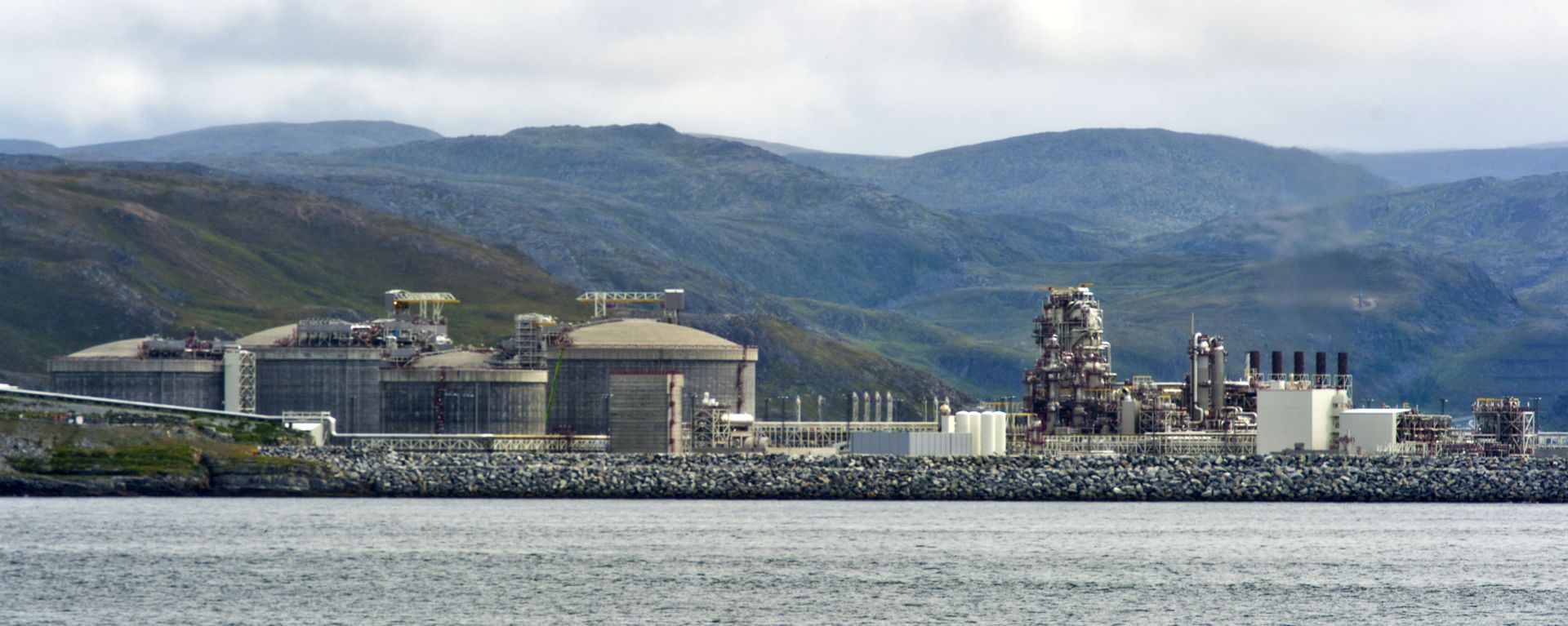Norway is well known as a leader in producing energy from renewable sources, however its export strategies are based on natural gas. Carbon Capture and Sequestration (CCS) is Norway’s latest idea to “green up” the European gas market despite the threat of long-term consequences. L Michael Buchsbaum takes a look.

Norway is trying to push Carbon Capture and Sequestration (CCS) (Public Domain, CC-BY-3.0)
Despite producing only 2% of the world’s total oil, Norway is the third largest global exporter of natural gas behind Russia and Qatar. In 2017, four decades after gas exports began, the country’s grid operators shipped a record 122 billion cubic meters to continental Europe and the UK. Its biggest customer is Germany, where roughly 19 million households make up about 25% of the EU’s total demand.
Domestically, however, Norway generates about 98% of its electricity from a fleet of hydro facilities, allowing it to enjoy the highest share of electricity produced from renewable sources in Europe and causing many to perceive the wealthy nation as being exceptionally green. Indeed its state oil company, for years known as Statoil, recently changed its name to Equinor as a way to emphasize the balance it wishes to create between fossil fuels and renewables, in which it is also investing.
But new gas pipelines being built from Russia and Qatar, along with falling oil production and declining reserves are forcing Norway to re-envision its development strategies. Today between one-third to as much as half of its oil reserves have already been monetized and overall oil production has dropped in 2000 from a peak of 181 million cubic meters to just 92 million cubic meters in 2017.
Though oil output is predicted to be stable through 2022 to 2024, “major discoveries must be made to prolong activity after that,” said the head of Norway’s Petroleum Directorate (NPD), the agency overseeing the country’s oil and gas resources, according to Reuters.
Capitalizing upon its green reputation, the nation has decided to promote a new scheme to create a market to buy European generated CO2, which is produced in Europe. The process of burning fossil fuels and the resulting seabed storage, known as Carbon Capture and Sequestration (CCS), has long been controversial, expensive and unwieldy.
Many environmental experts believe that without CCS, the objectives of the Paris Climate Treaty will be impossible to reach. However, its long-term consequences are still unknown. Nevertheless, Germany, Europe’s largest greenhouse gas emitter furtively has already signaled its support. Plans of CCS terminals along the Rhine River have already been made.
In late August, Norwegian politicians and energy executives invited teams of German and international journalists, including the German newspaper Die Zeit and Berlin’s Clean Energy Wire (CLEW) to visit facilities, learn about evolving strategies and to report about the positive aspects of burying CO₂ for the next millennia.
At a meeting with Equinor, sales director Martin Anfinnsen commented “We could absorb all Europe’s CO₂ emissions for hundreds of years. The storage possibilities off our coast are virtually unlimited. Ideally, much of the infrastructure, all the pipes, tanks and control units, could even be taken over. Supply pipelines could become disposal pipelines. And instead of heating up the climate, the carbon dioxide would be stored safely deep below the ocean floor,” he said.
Of course, Norway will be paid storage fees by the CO₂ producers that would otherwise have to pay higher carbon pollution prices. To assist with transport and disposal, a consortium of the three oil companies Equinor, Shell and Total are prepared to provide servicing and logistics.
However the Norwegian officials seemingly also avoided discussing another key aspect of their strategy: using the imported greenhouse gas to squeeze out more fossil fuels from declining reserves through a process called Enhanced Oil Recovery (EOR).
EOR revolves around injecting polymers or carbon dioxide into oil and gas formations to re-pressurize and displace more of the resource, thus allowing it to be captured by the extraction infrastructure. Although Norway is selling the CCS concept as a way to help save the environment, the CO₂ storage plan is actually a way of unlocking more oil reserves. In fact the NPD, concerned about declining output, ordered oil companies to quickly investigate and invest in EOR schemes. Last June, Reuters reported that the NPD projects EOR techniques could help produce an additional 320 to 860 million cubic metres of oil equivalents from the 27 largest fields off Norway.
According to CLEW, Norway is also requesting financial support from the EU through the Innovation fund, currently being developed as part of the post-2021 reform of the EU Emissions Trading System (ETS) to help the EU reach its 2030 climate goals. The fund will support low-carbon innovation in energy intensive industries, carbon capture and utilisation (CCU) technologies, innovative renewable energy and energy storage, and CCS demonstration projects. Norway’s hope is to have an investment decision by 2021 with operations to begin in 2024, right around the time oil production would otherwise decline.
Though Norway’s proposed CCS project is “not wrong,” Erika Bellmann, climate and energy expert at the environmental NGO WWF, calls for a nuanced view. While the basic concept “should not be demonized,” she warns of lock-in effects: “Once you’ve built CO₂ pipelines to Norway, you will want to fill them, and not only for the next ten years,” she said to CLEW.
Indeed despite Norway’s CCS charm offensive, its offer to rescue Europe from its fossil fuel addiction is more rooted in assuring them that they can easily switch from coal to natural gas without fear of worsening the climate. But seen another way, it doesn’t seem to be a better choice for long-term energy supply. If successful, Norway’s offer could keep Europe trapped in a vicious circle for decades to come.